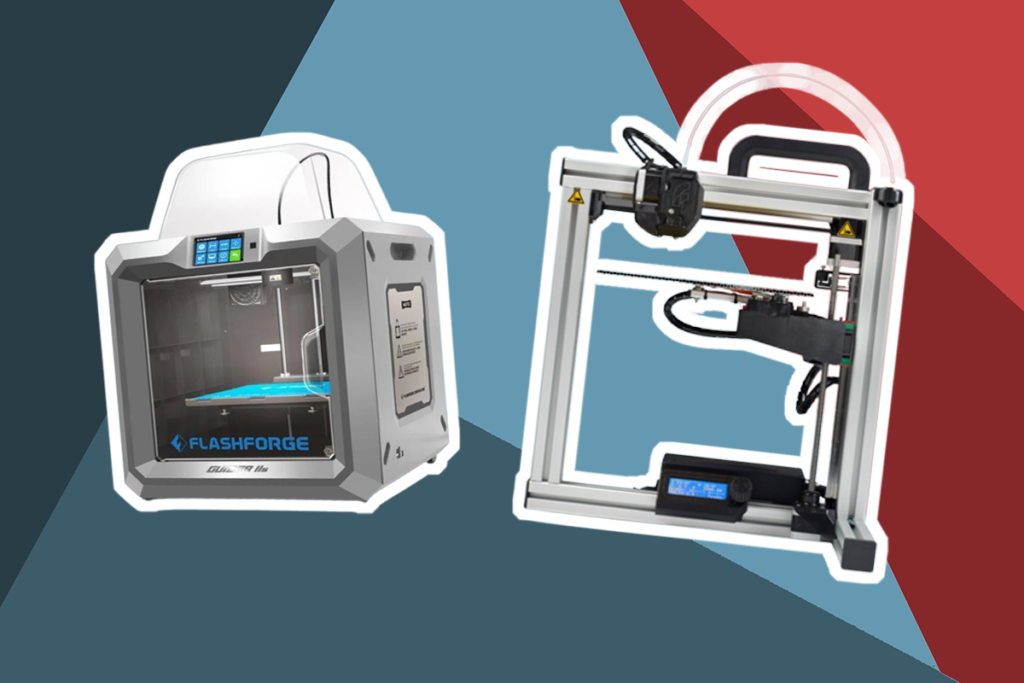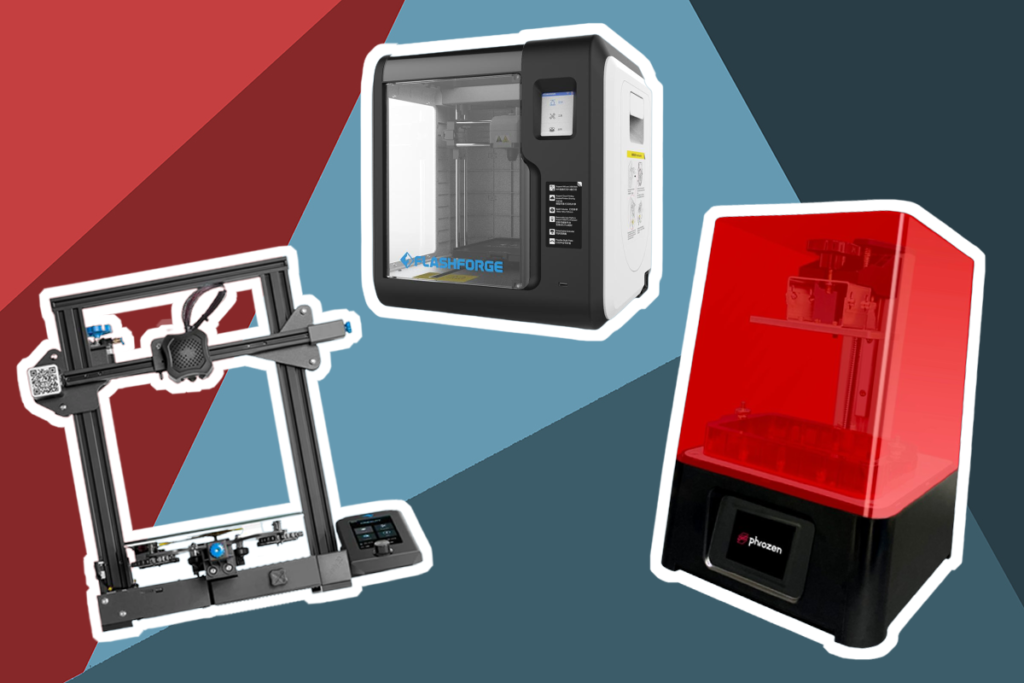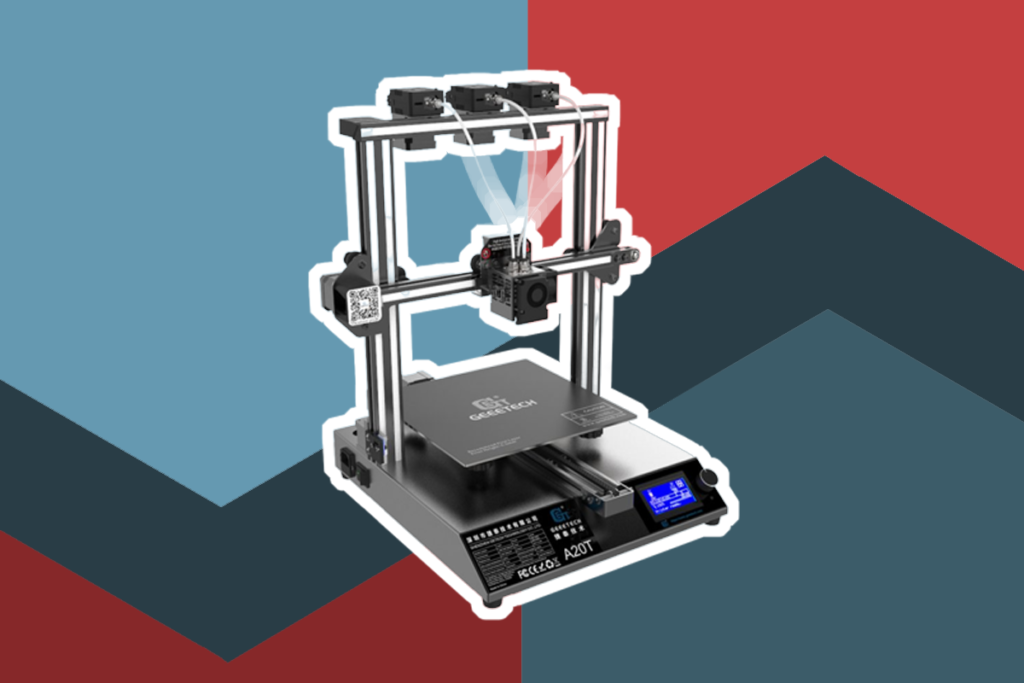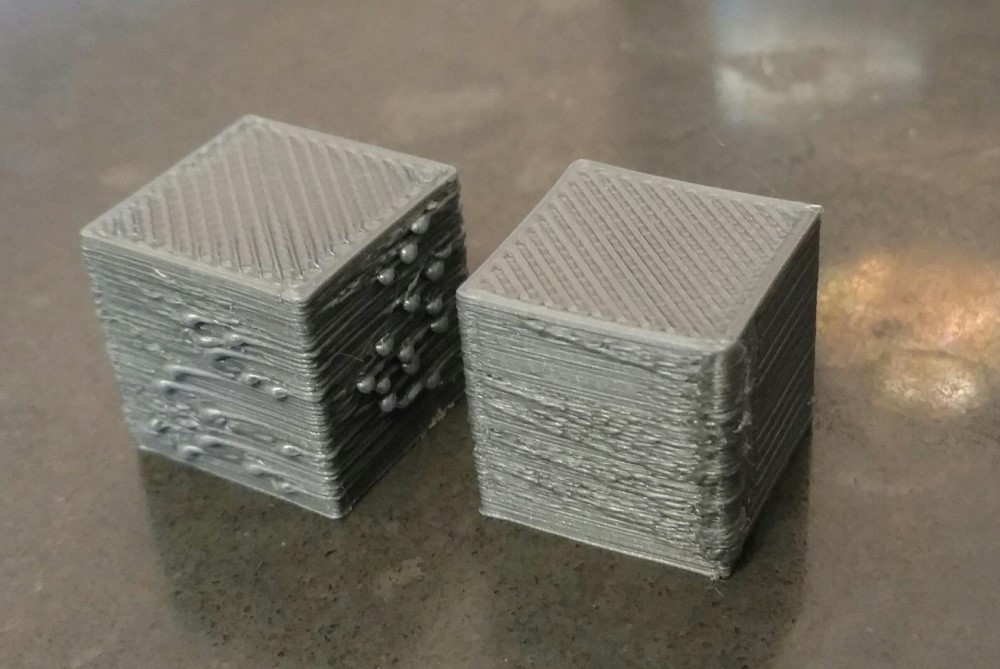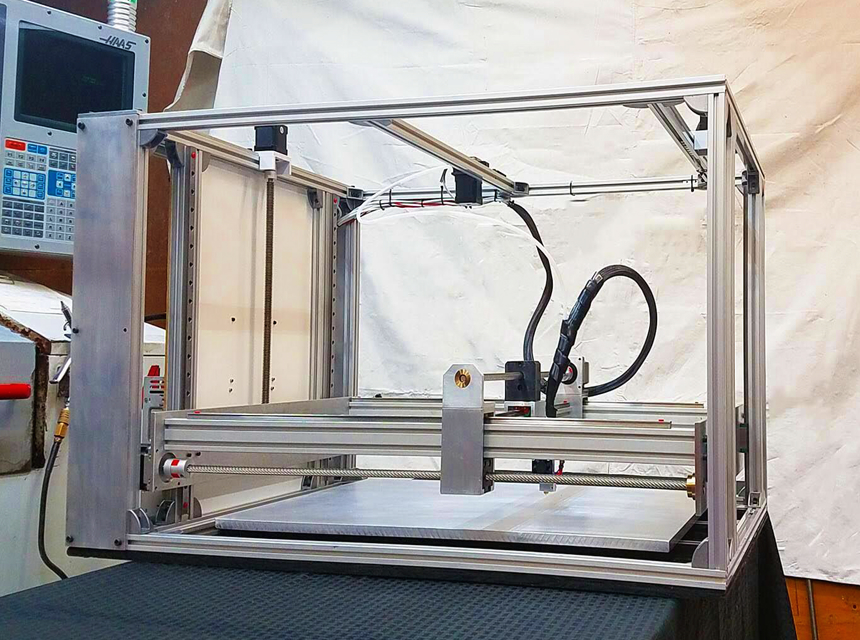

You have to admit 3d printing is awesome! It’s almost eerie how this technology just keeps improving with time. But where do you start if you want to get into the exciting world of 3D printing?
One of the best ways to get started with 3D printing is by purchasing a kit, but choosing the perfect 3D printer kit can still be difficult. That’s why we’ve done some research to find you the 10 best ones available on the market today. The best 3D printer kits are the ones that are easy to use, have a large build volume, and can be used for most applications, so we considered the overall design and quality of each kit, along with the manufacturer’s reputation and customer feedback. With these kept in mind, the Creality3D Ender 5 DIY 3D Printer Kit became our Editor’s Choice.
More features: resume printing function
With this kit, all you need is a little bit of patience and some basic tools—and then you’ll be printing objects in no time. Creality3D Ender 5 comes with everything you need—all the parts are pre-assembled and ready to go when they arrive at your doorstep.
Its LCD screen allows you to view your print progress and adjust settings as needed, making it simple and easy to get started right away. Plus, it’s really affordable! And just like some other high-quality 3D printer options under $1000 we’ve seen, you can get this kit at its current listed price of $643.99.
Like the Anycubic Mega Pro 3D printer, you can use the Ender 5 to print objects that are up to 220 x 220 x 300 mm in size and up to 5 pounds in weight, which is why we think you’ll find it perfect for creating some seriously cool stuff!
More features: 5-inch touchscreen, double Z-axis structure, removable plate
If you’re looking for a high-quality printer that can handle any project, look no further than this one. It’s built with industry-grade components and can print in multiple materials at once.
This 3D printer has been designed specifically for beginners and hobbyists who want to try out 3D printing without spending too much money as they learn more about the technology behind it all. It comes equipped with an easy-to-use interface that allows users to start creating their designs from scratch within minutes after unboxing it for the first time (and don’t worry–you won’t need any programming experience either!).
Just like you would with more premium printers like the BIBO 3D, you can easily switch between PLA, ABS, and Nylon filaments with the push of a button. And if you need to change out filament mid-print? No problem! This printer can handle anything you throw at it.
More features: dual blower kit, removable lattice glass platform, resume printing
The first thing you’ll notice about this printer is its price: at only $369.99, it’s an amazing deal compared to other printers that cost upwards of $3,000. But don’t let the price fool you—this printer is just as good as any other on the market.
This high-performance 3D printer kit includes everything you need to get started printing, including the printer itself, a reel of PLA filament, an SD card with sample models, screws, and nuts, as well as a USB cable. You will also receive printed instructions on how to assemble and operate your new 3D printer kit!
We loved how this powerful machine was designed with ease of use in mind. Similar to how the R QIDI’s part cooling system works, its dual blower kit also improves print quality by quickly cooling the extruded filament. Although you may be able to get by with some quality hot end replacements for a lower quality 3D printer, the Longer LGT LK5 never comes without such issues in the first place.
More features: auto-leveling, built-in HD camera, 8GB internal storage, high-temperature nozzle, super quiet
The Flashforge 3D Printer Adventurer 3 Pro is another great choice for those who want to get into 3d printing without spending too much money or time. It has an enclosed design that protects your workspace from dust and debris while keeping everything cool during use.
Set up only takes a few minutes using the included instructions that come with each purchase. It is also compatible with both ABS and PLA filament types, meaning you’ll be able to print almost anything you’d like, from sculptures made out of plastic to functional components for your next project.
The printer also has an enclosed design that protects your workspace from dust and debris while keeping everything cool during use, a feature also shared by the higher premium R QIDI Industrial grade option.
More features: full metal body, auto-leveling, double linear guide
If you’re used to working with FDM (fused deposition modeling) printers, you’ll be impressed by what this one can do. It has a sturdy frame and comes with everything you need to start printing right away—and it even comes with a free roll of filament (3D printer lingo for “plastic”).
The print quality is pretty good too. It uses PLA (polylactic acid) plastic instead of ABS (acrylonitrile butadiene styrene), which means that for most people, it’ll be more durable than most other options out there. Like the Longer LGT LK5 Pro, we liked how it offers beginners a simple way to get started in 3D printing without having to deal with any complicated problems or technical issues.
More features: sturdy frame, glass bed, dual extruder, touch screen
This kit comes with everything you need to build a professional-grade printer right in your home workshop or garage: metal parts, laser-cut pieces, screws, motors, and more than 50 other individual components.
It comes with a bunch of different features that are perfect for those who want to get right to printing. You can print directly from an SD card or USB flash drive, and it has an auto-leveling build plate, so you don’t have to worry about getting the print off-center. It also comes with an LCD screen so that you can see what your settings are without having to connect them to a computer.
The only downside is that, unlike the Anycubic Mega Pro printer, this printer comes with only a small roll of filament, which is not much to go on, and you may have to buy some separately to get things rolling.
More features: silent drive, smart auxiliary leveling, multi-color printing, higher precision
The Anycubic Mega Pro multi-function 3D printer occupies our top spot and wins our editor’s choice award. It’s well-suited for beginners and advanced users, as it can print in high resolution and supports multiple filament types. This printer comes with an LCD touch screen and a heated bed, which is another feature that sets it apart from other printers in its price range. We especially liked that the Mega Pro isn’t limited in the type of materials it’s designed to work with, unlike what happens with some other options out there.
This printer has a larger build area than many similar printers like the Voxelab Aquila 3D Printer giving users more freedom to experiment with excellent print quality.
More features: semi-assembled, high-precision quality, resume print, fast heating
The Creality3D Ender 3 3D Printer DIY Kit is a great option if you’re looking for an economical way to get started in the world of 3D printing. This kit includes everything you need to get going, including the printer itself and all of its parts.
It’s not as expensive as other options, but it still has all of the features you need to create high-quality 3D prints. It’s compatible with both PLA, PETG, and ABS filaments so that you can experiment with different materials to see which one works best for your projects.
Of course, there are some downsides: The Ender 3 is not as precise when compared to some other high-accuracy Delta 3D printers, for example, and it tends to vibrate when it prints. But if you’re looking for something simple and affordable, this might be just what you’re looking for.
More features: sturdy frame, glass bed, dual extruder, touch screen
This is an affordable option that works well as a starter printer if you’re looking for something less advanced than the R QIDI option above. The Bibo 3D Printer is a great first printer for people who want to get into 3d printing. It includes a large build area and is easy to use.
This kit is designed for home use and has a compact design, so it won’t take up too much space in your home. It comes with an LCD screen, which makes it easy to control the printer and see what’s happening inside of it at any given moment.
The only downside is that it’s not as fast as some of the other printers on this list, such as the R QIDI industrial 3D printer, for example, but if you’re looking for something affordable and easy to use, this is a good option.
More features: removable build surface plate, fully open-source, resume printing
One thing we loved about this 3D printer is just how ready it is to go straight out of the box. It comes already partially assembled, so you’ll have very little tightening and fitting to do. Just plug it in and start printing your first model!
The Voxelab Aquila is designed for beginners, but it still has plenty of advanced features that make it perfect for advanced users too. It comes with a host of accessories, including an SD card, filament spool holder, and more. You can even use your own Raspberry Pi as a controller!
Apart from its touch screen feature and relatively large build volume, we also loved how its compact size makes it easy to move around if you need to transport it somewhere else, unlike other larger printers like the Anycubic Mega Pro, for example.
When it comes to choosing which 3D printer to buy, you might get information overload as there are too many DIY 3D printer kits available on the market. They differ in budget, performance and features, ease of use, and functions. However, if you have not been able to decide which type to buy, there are a few things we recommend you consider.
First things first. Everybody has a different reason for wanting to use 3D printer kits, and we’re sure you’ve got yours too. Understanding the specific purpose for which you’re buying one helps when you’re in the thick of your 3D printer selection process.
There are many different ways that you can use 3D printers, but they all fall into one of three categories: personal use, commercial use, and industrial use. Personal use refers to using one of these devices in your home or office for fun or profit (or both). You can even use them to make replacement parts, like a broken part on your car or something else in your home.
Commercial use refers to using one of these devices for profit at your place of business (i.e., selling products made by one of these devices). Industrial use refers to using one of these devices at your place of business for mass production purposes (i.e., manufacturing parts or replacements).
To help you choose the right one for your needs and budget, we have come up with this list of important features that make a good 3D printer kit.
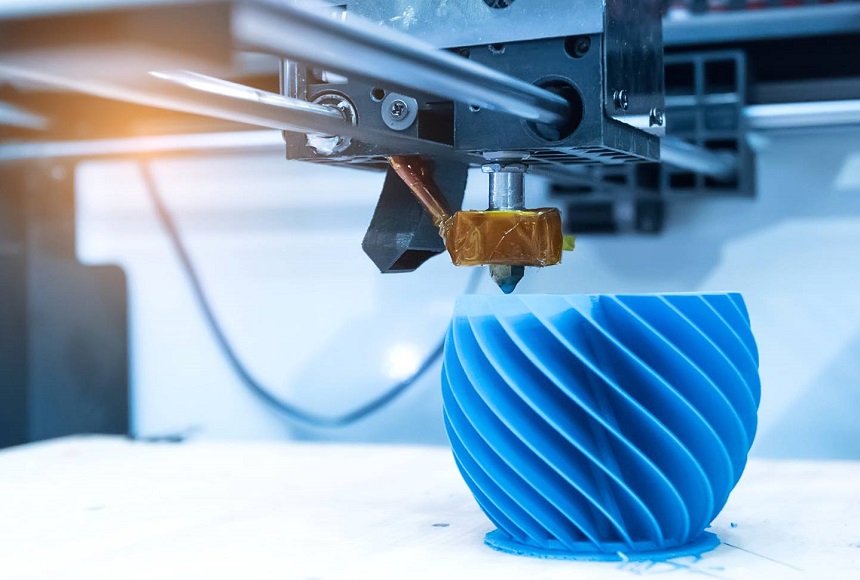
There are three main printing technologies used by today’s consumer-ready 3D printers. The main difference between these printing technologies is the way they build objects layer by layer. For example, stereolithography (SLA) printers use an ultraviolet laser to cure a liquid resin into solid plastic layers. FDM is the most common type of 3D printing technology used in consumer-level 3D printers like the Tronxy X5SA-400, Pro is more common, but SLA and DLP-based printers are often found in industrial settings because they have greater accuracy and quality than FDM, but they are also much more expensive and time-consuming.
The building plate is where your object sits while it’s being printed. It’s usually made from aluminum or glass with a special coating to keep the plastic stuck firmly in place while it prints. Some printing plates even come pre-coated with adhesive for improved firmness during printing operations.
The quality of this component determines how smooth your prints will be. There are different types of plates available, but they all have two common characteristics: they can be heated up and cleaned easily. Some models even come with their own cleaning solution so that you don’t have to worry about it later on when you want to use them again.
It’s important to choose a build plate that is compatible with your 3D printer’s materials. If you’re using PLA, make sure you’re using a 3D printer with a heated build plate, such as the Flashforge 3D Printer Adventurer 3 Pro. For ABS, you’ll need one that’s not heated because ABS melts at much higher temperatures than PLA.
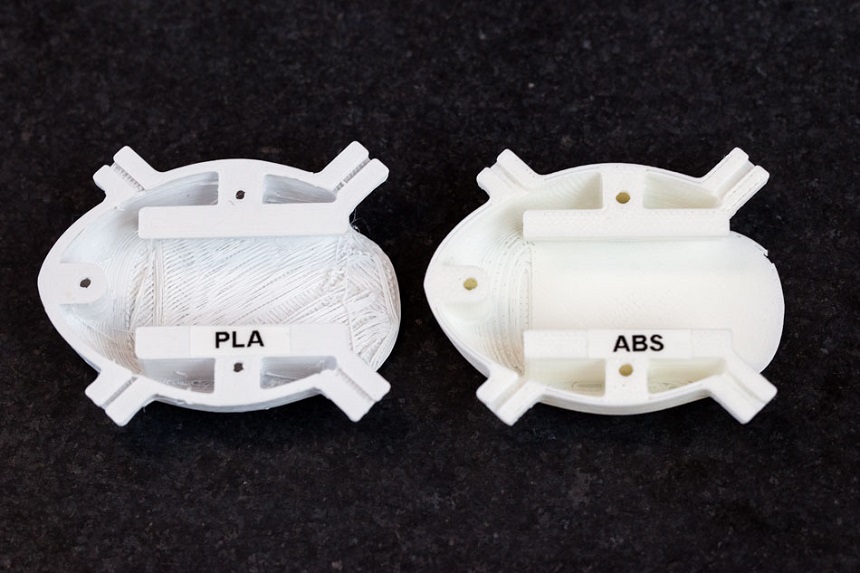
One other thing you need to consider is the type of material you want to use with your 3D printer. There are two main categories of materials: ABS and PLA. ABS, short for acrylonitrile butadiene styrene, is a thermoplastic polymer that can be dissolved in acetone or made into filaments by extruding it through a nozzle under pressure. The material you want to use should be compatible with your printer’s build platform, extruder, and nozzle. This will ensure that your finished product comes out in one piece without any defects or cracks.
Software is another important feature to consider when buying a 3D printer kit. Does the printer come with software that allows you to create 3D models? If not, what software do you need to buy? Is there an app for your smartphone or tablet that will help you design your creations?
Most modern 3D printers come with their own software that allows users to customize their designs before printing them out. These programs usually have a user-friendly interface that makes it easy for anyone to make changes in their designs without having any previous experience with CAD software.
You should have access to software that allows you to design your own objects and print them on your printer. It is also important for you to know about the software features so that you can get the most out of it. Some of these features include slicing, printing modes, and advanced functions like mesh repair tools.
The printing speed of a 3D printer refers to how quickly it can print an object. Most entry-level printers can print at a rate of 100 to 150 mm/sec (millimeters per second). This is about 0.4 inches per second on an average-size model. Faster models can print at rates up to 500 mm/sec (about 2 inches per second) or more, depending on the complexity of your model and the material type used for printing.
3D printers use different types of filaments to create objects. The filament is essentially a plastic wire that comes in spools or cartridges, which must be unwound and loaded into the printer before being used. The speed at which the filament can be extruded dictates how quickly an object can be printed out on your 3D printer. If you’re looking for something quick and simple, go with one that has a higher speed rating. On the other hand, if you’re willing to wait longer for your finished product, then you can afford yourself some time (and money) by choosing something slower instead.
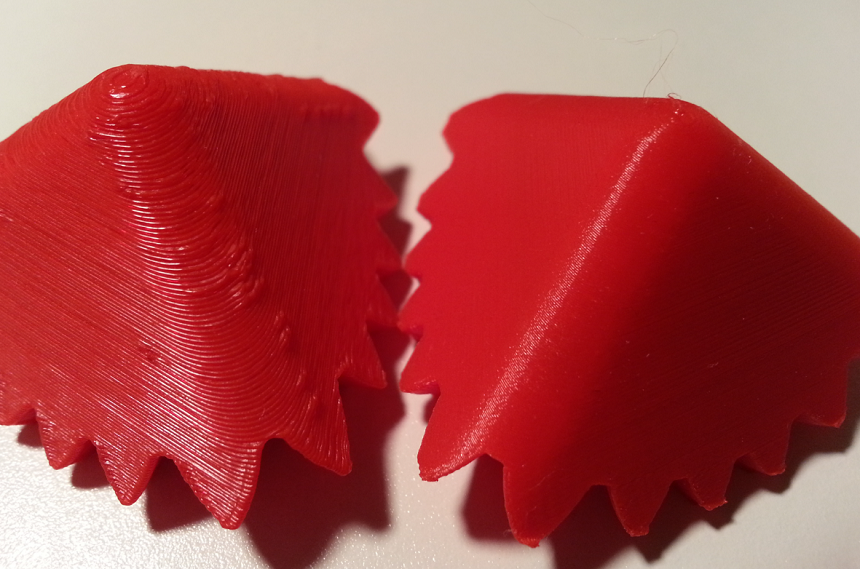
Lower layer resolution printing, however, will have thicker layers that may be easily visible even when viewed from certain angles during a print job. However, the process will be much faster because each layer requires less time to build up before the next one can be laid down on top of it. If your print is going to have many fine details or shallow curves, then higher resolution 3D printers like the R QIDI Industrial-grade 3D printer may be necessary to produce an accurate model with smooth surfaces. Something to keep in mind, though, is that while higher resolution 3D printing will give you a smoother-looking final product, it also means that it will take longer for each layer to be printed.
This refers to how easy it is for your printer to communicate with other devices in your home network, such as smartphones or computers. Some printers connect via Wi-Fi or Bluetooth, while others use Ethernet cables or USB ports instead. Wireless connectivity allows you to print from anywhere in your home or office without having to be tethered by a USB cable or SD card. It also allows for easier networking between multiple printers so you can share files or copy designs from one printer to another. If the printer has an open-source design (like the Voxelab Aquila 3D Printer), then you may be able to upgrade its capabilities by installing new software yourself; if not, then it might be limited in terms of what kinds of projects you can make using the device.
The 3D printing kits we reviewed have their pros and cons. However, we have to admit that the best 3d printer kit is the Creality3D Ender 5 DIY 3D Printer Kit. Its large print volume and premium design are perfect for your professional needs.
Next on our list of the best 3D printer kits is the QIDI TECH X Max 3D Printer. This printer is perfect for those who want to take their 3D printing to the next level. It comes with a large build volume (11.8” x 11.8” x 13.8”) and an impressive print speed of up to 300 mm/s.
